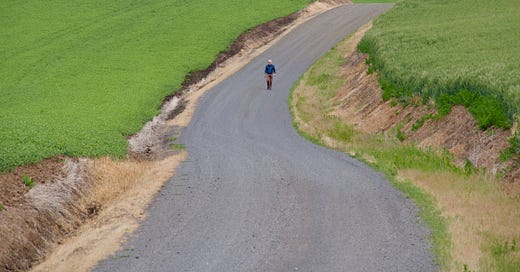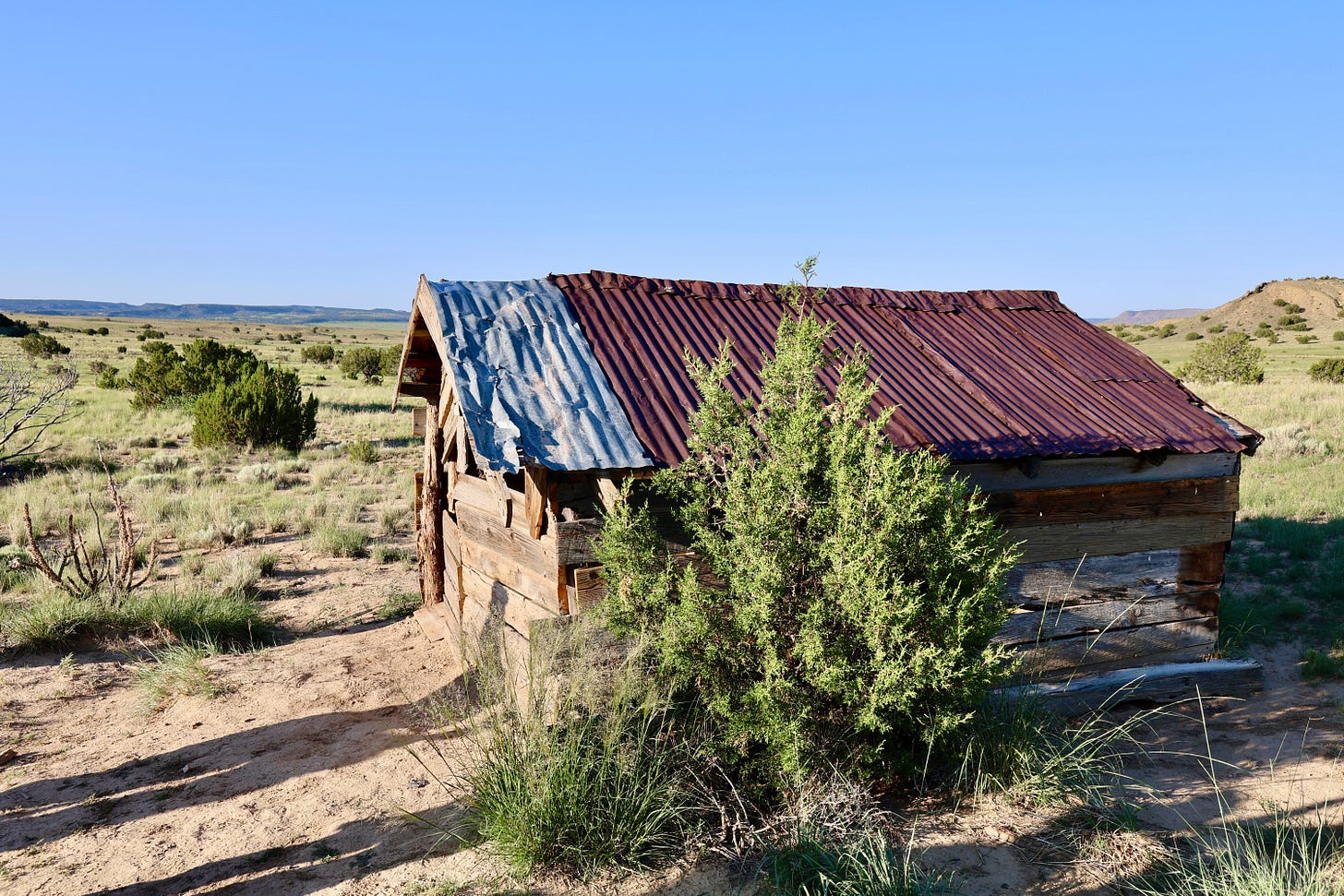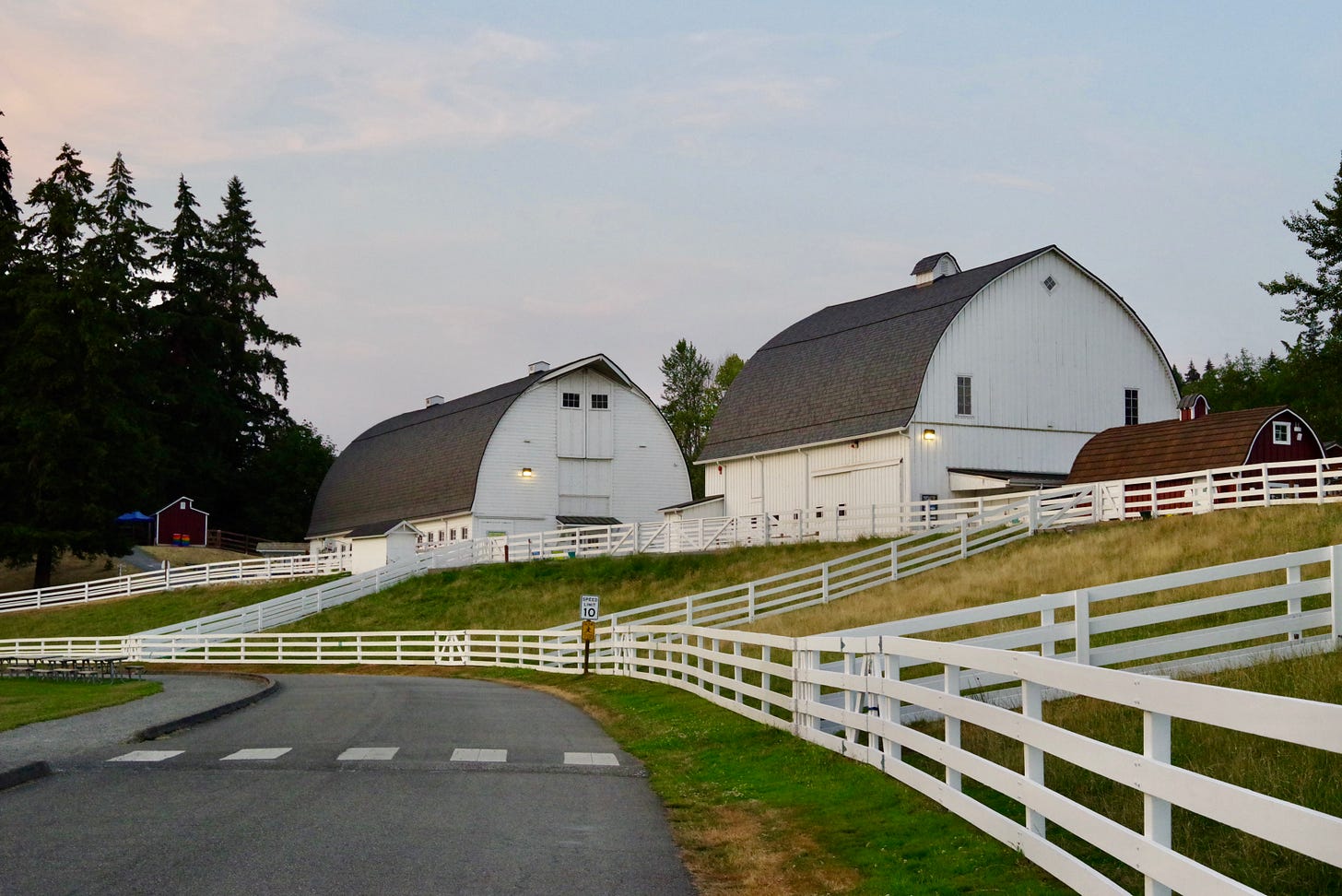Yesterday, a friend who has authored an “inside” guide to a town I’ll be visiting next month offered to give me an insightful tour while I’m there. I had two responses.
First, I am honored and look forward to an expert-based orientation.
Second, I thought about how—as evident in my writing here—I enjoy being a free-range explorer and helping people learn to do the same.
This takes us to the situationist movement and methods (including street photography and the rambling flâneur model).
The Situationists—an international organization of social revolutionaries and avant-garde artists that flourished in the 1960s—later transformed the flâneur into an even more relevant activist, critiquing the consumer society that pervades and alters public spaces as places to spend and consume.
As a remedy, they urged city dwellers to avoid main paths, using the dérive (French for “drift”) approach, which Situationist theorist Guy Debord defined as an experimental, random form of movement. Debord believed that the “drifting” dériviste could reconnect with a more traditional, smaller-scale city premised on direct interaction rather than large-scale, commercially driven public spaces.
In Seeing the Better City, I emphasized that the roving, discerning flâneur-observer often sees how the form of an urban space reflects an embedded past—a “psychogeography”—that carries lessons for planning, policy, and garden-variety urban change.
In that context, I recently found very helpful a summary by Neil Scott, who writes a weekly Substack newsletter called “The Crop.” He coined a phrase (which I love) to describe random “this place reminds me of that place” explorations:
One of the Situationist’s standard psychogeographical techniques was to use a map of a different city to navigate the city you're in. You would treat London as if it were Paris, visiting the Eiffel Tower camouflaged as Marble Arch. Alas, Google Maps killed this fun with the tyranny of the blue dot. Randomness can, however, still be found in what I call Egogeography.
All that background brings me to the punchline.
“Egogeography” may initially be about cities, but it portends so much more—in keeping with my shift in interests to places—whether urban or not. The term is a great framer for the “place triggers” I discussed in March, as well as the “it’s not all about us,” “places evolve too” reflections in my last post about “passing through.”
I have two brief examples of extra-urban places with profound egographicial impacts.
In the first example, coming upon a faithfully reconstructed desert shelter just outside of Santa Fe two weeks ago (termed the “Milagro Hut” for purposes of a participatory exercise), I saw an indistinguishable stream of other shelters in remote places I had come upon in the past along similar strolls.
Suddenly, I was in the French Alps, in a field, a shelter ahead, just like that.
I also recalled something about human fundamentals that I had written long ago in the Huffington Post after spending time in Africa. The article suggested we could use the simple traditions of “shelter and the wheel” as predicates for land use regulations from now on.
In the second example, I walked from Wilburton Hill Park (a former logging town site) in Bellevue, Washington, to an in-town farm park at Kelsey Creek.
Agri-scenery from everywhere, including the Palouse in Eastern Washington and England, flooded my mind. The patterns from other places were remarkable and confusing, as if I were trying to understand a curated farm here based on working examples from afar.
Finally, I return to next month’s guided tour of a charming town. Random is not always best, but there may be room for some compelling egogeography.
I’ve opened up comments for free subscribers in this post. What are your egogeograpical examples?







